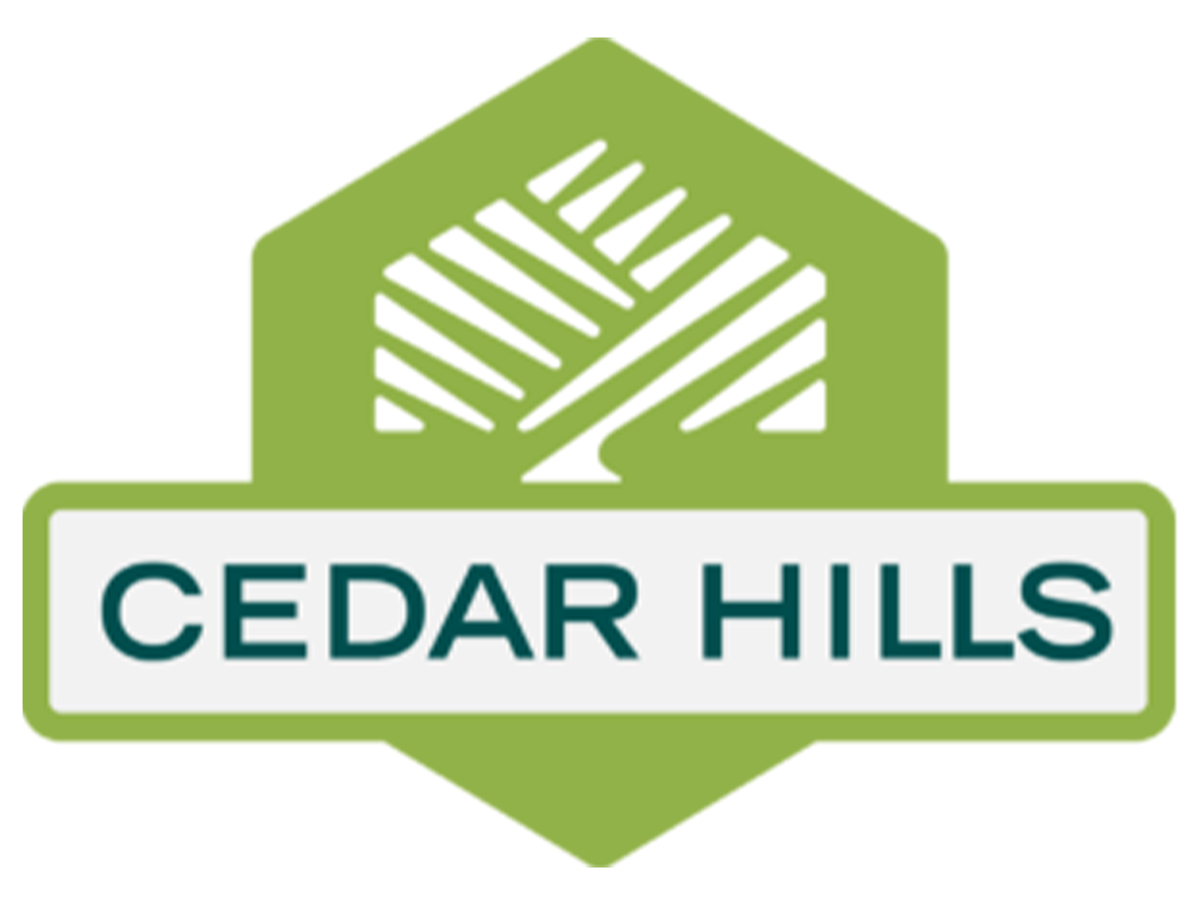Are you prepared if a wildfire is threatening your home?
In Cedar Hills, you and your home have the potential to be threatened by wildfire. A large portion of Cedar Hills is in what is called the Urban Interface. The urban interface refers to the line, area, or zone where structures and other human development meet or intermingle with undeveloped wildland or vegetative fuels. Is your home in an area that may be threatened? Have you prepared your family and your home? Included are some basic items you may want to consider to help ensure your home and family’s safety.
1. Prepare your home
“Defensible space” is your defense against wildfire. Creating and maintaining defensible space around your home can dramatically increase your home’s chance of surviving a wildfire and increases safety for firefighters.
Basic Preventative Checklist
Clear out:
o Ignitable materials such as pine needles and leaves from roof, gutters, leaves, porches and decks.
o All flammable items within 5 feet of your foundation.
o All dead plants, grass and weeds within 30 feet of your home
o Tree branches at least 10 feet away from your roofline and other trees
o Mow all annual grass down to a maximum height of 4 inches.
· Repair:
o Any loose or missing roof shingles/tiles and caulk any gaps or openings on roof edges.
o Consider using "ember resistant" materials on your home and within 5 feet of your home's foundation. Ex. siding, roof, decks, outdoor furniture, landscape covering, etc.
· Cover:
o Exterior attic vents and install metal wire mesh (1/8 inch or smaller) to under eave and soffit vents.
· Relocate:
o Items kept near your home and under decks or porches.
2. Plan and Practice before a wildfire occurs.
It may be necessary for you and your neighbors to evacuate. Plan, prepare and practice wildfire evacuation together. This can help save lives!
Pre-fire plan:
Plan an evacuation route away from your home and other alternate routes in case the first route is closed or threatened by wildfire.
Make sure your designated contact knows your plan and how to communicate with you in an emergency.
Know the evacuation plans for locations where household members regularly are such as workplaces, schools, friends houses, and commuter routes.
Pre-fire preparedness:
· Prepack an emergency supply kit. Include water, needed medications, clothing etc.
· Back vehicles into your garage or park them facing the direction of escape.
· Keep your vehicle gas tank at least half full.
· Keep roadways as clear as possible for responding firefighters.
Pre-fire practice:
· Practice often with everyone in your home, using at least 2 ways out of your neighborhood.
· Practice evacuating animals and pets. Know what resources are needed for their care in case of evacuation.
3. During a wildfire event:
· Keep all cellphones charged in case of power loss.
· Know the local fire conditions and be prepared to leave at moment’s notice.
· Leave early if you are concerned. It takes more time than you may think to evacuate due to heavier traffic and decreased visibility.
· Go promptly when advised to evacuate.
· Keep your car windows up and the air conditioning on to prevent embers and smoke from entering the vehicle.
· Drive safely with your headlights on and don’t block or impede responding firefighters.
4. After evacuating:
· Make sure that everyone is okay once you are out. If someone is injured or not feeling well, get immediate assistance.
· Inform your designated contact as soon as you are safe.
· Don’t return to your home until you are told you can safely do so.
· Follow safety guidance, including bringing fresh water and other supplies.
For more information visit: https://ffsl.utah.gov/fire/wildfire-community-preparedness/homeowner-education/

